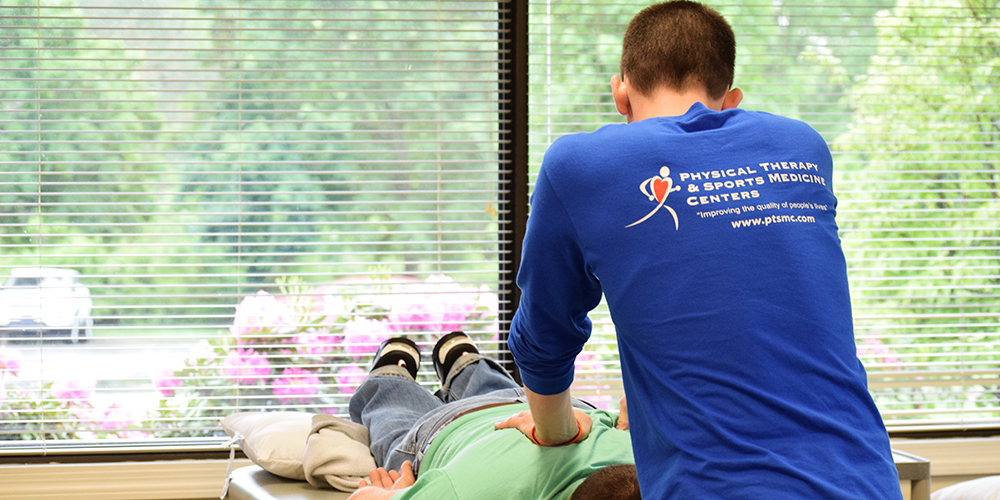

If you’ve never been to or needed physical therapy before, you might be experiencing the “fear of the unknown”. PTSMC wants to help put those fears to rest! Physical therapists are highly-educated, licensed healthcare professionals who help patients improve or restore mobility, and in many cases helping patients reduce pain, and avoid the need for surgery and the long-term use of prescription medications and their side effects. These are all GOOD things!
Here’s what you should expect at your first PT (and subsequent) PT visits:
Your physical therapist will begin by asking you lots of questions about your health and about the specific condition you want the physical therapist to treat. Detailed information about you and your condition will help the physical therapist determine whether you are likely to benefit from physical therapy and which treatments are most likely to help you. Your PT will perform a detailed examination, probably lasting about an hour. Depending on your symptoms and condition, the physical therapist might evaluate your strength, flexibility, balance, coordination, posture, and heart and respiration rates. Your physical therapist might use his or her hands to examine or “palpate” the affected area or to perform a detailed examination of the mobility of your joints, muscles, and other tissues.
Your physical therapist also may evaluate:
- How you walk (“gait”)
- How you get up from a lying position or get in and out of a chair (“functional activities”)
- How you use your body for certain activities, such as bending and lifting (“body mechanics”).
Your physical therapist might ask you specific questions about your home or work environment, your health habits and activity level, and your leisure and recreational interests so that the therapist can help you become as active and independent as possible.Your physical therapist will work with you to determine your goals for physical therapy and will begin to develop a plan for your treatment. In many cases, the physical therapist will make a diagnosis and begin treatment almost immediately.
One of the main goals of treatment is almost always to improve your ability to do your daily tasks and activities. To reach this goal, the physical therapist may need to focus on pain, swelling, weakness, or limited motion. Your PT will constantly assess your response to each treatment and will make adjustments as needed.
In most cases, an important aspect of your physical therapy treatment will be education. Your physical therapist might teach you special exercises to do at home. You might learn new and different ways to perform your activities at work and home. These new techniques can help minimize pain, lessen strain, avoid re-injury, and speed your recovery. PTs want you to be able to continue doing the things you need to or love doing!
Your physical therapist will evaluate your need for special equipment, such as special footwear (many PTs will fit you for custom orthotics – they are not just for the aged population!), splints, or crutches. If the evaluation indicates that you are at risk for falling, your physical therapist might recommend simple equipment to help make your home a safer place for you. The therapist will know what equipment you need and can either get it for you or tell you where you can find it. If you do need special equipment, your physical therapist can show you how to use it properly.
If you’ve sought PT because of a doctor’s referral, your physical therapist will also communicate the important information from your examination to your physician and to other healthcare professionals.
Your physical therapist will continually recheck your progress and work with you to plan for your discharge from physical therapy when you are ready. Make sure you talk with your PT about what you should do after discharge if you have questions or if your symptoms or condition should worsen.
If you have questions, let us know! Comment or e-mail us at info@ptsmc.com
This post highlights information from the APTA.
